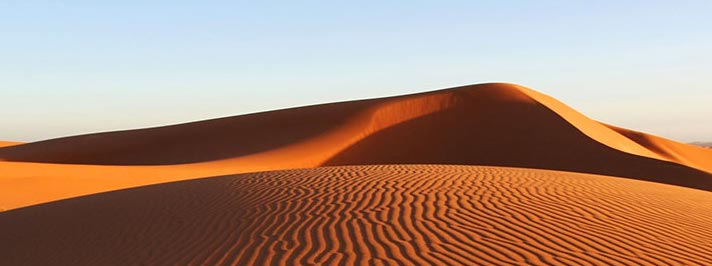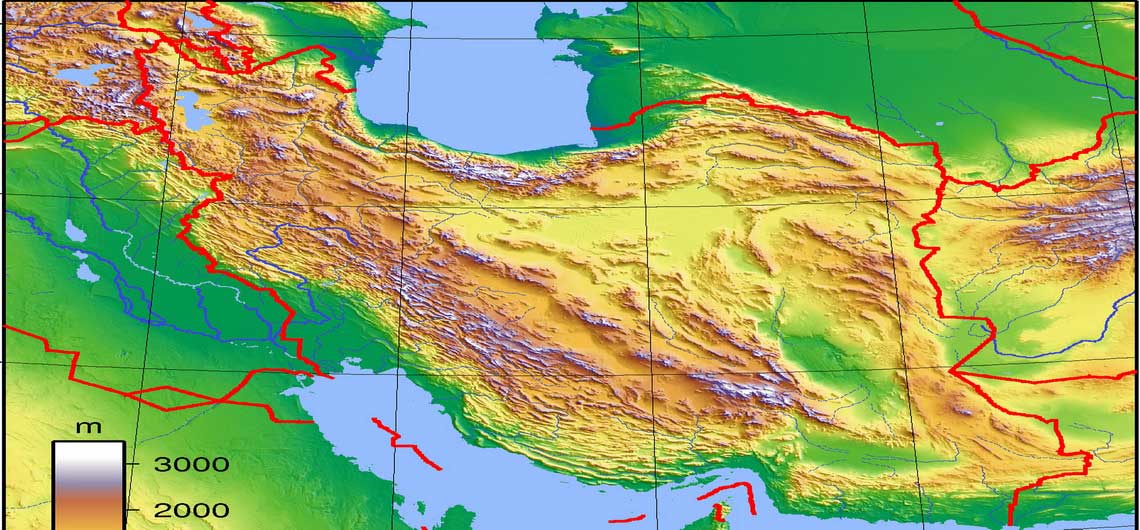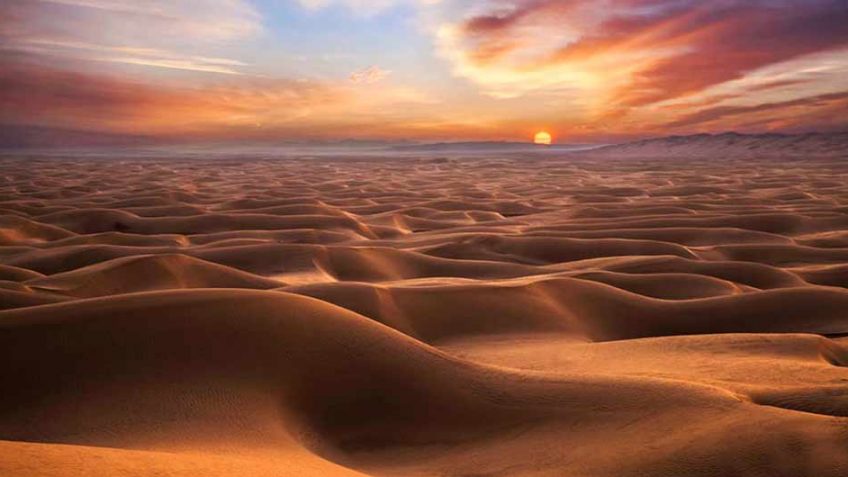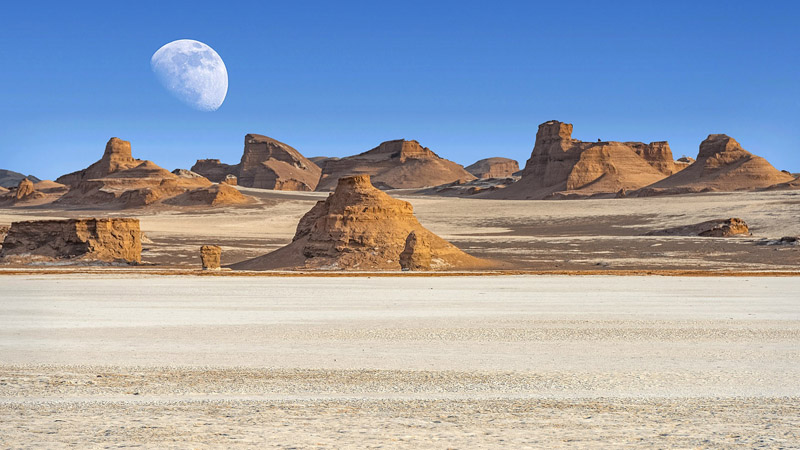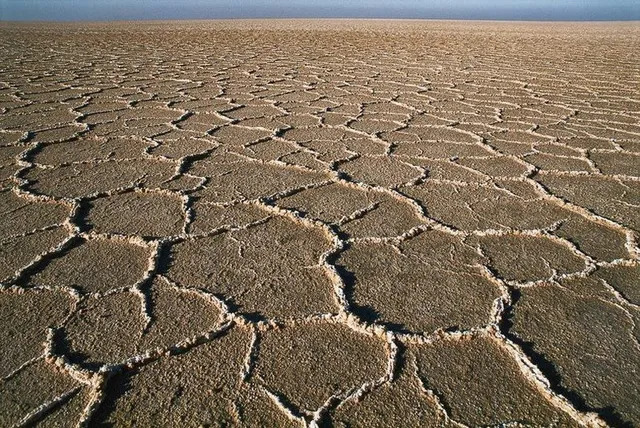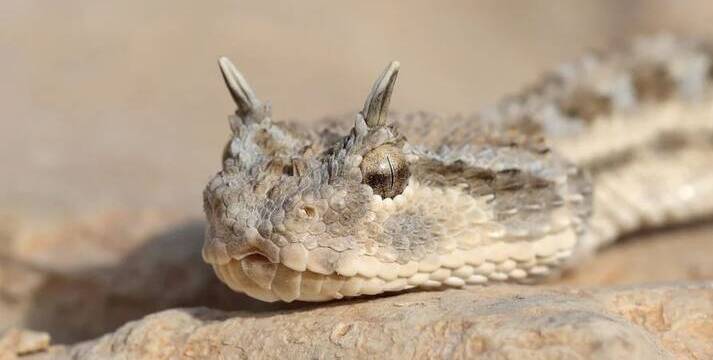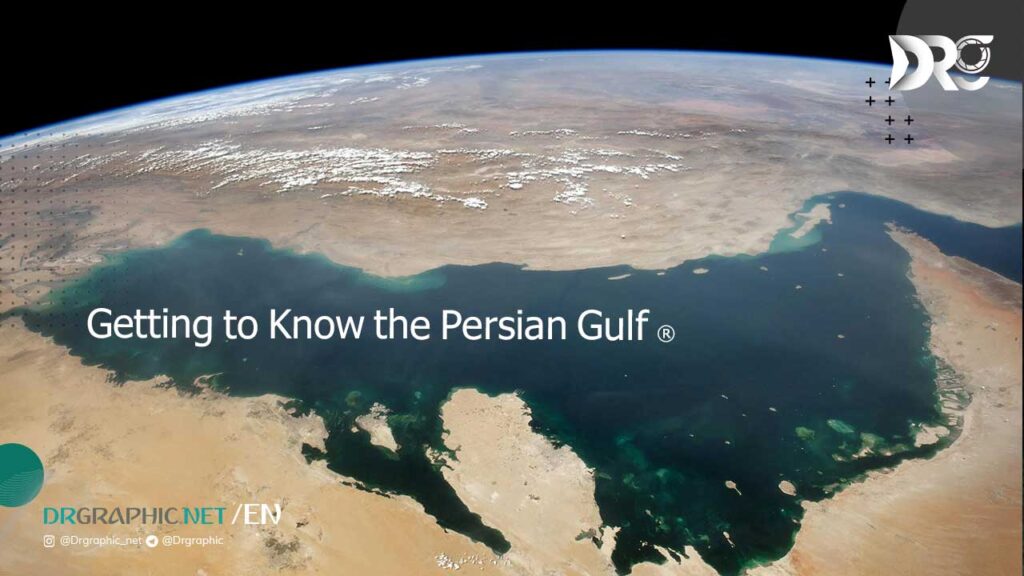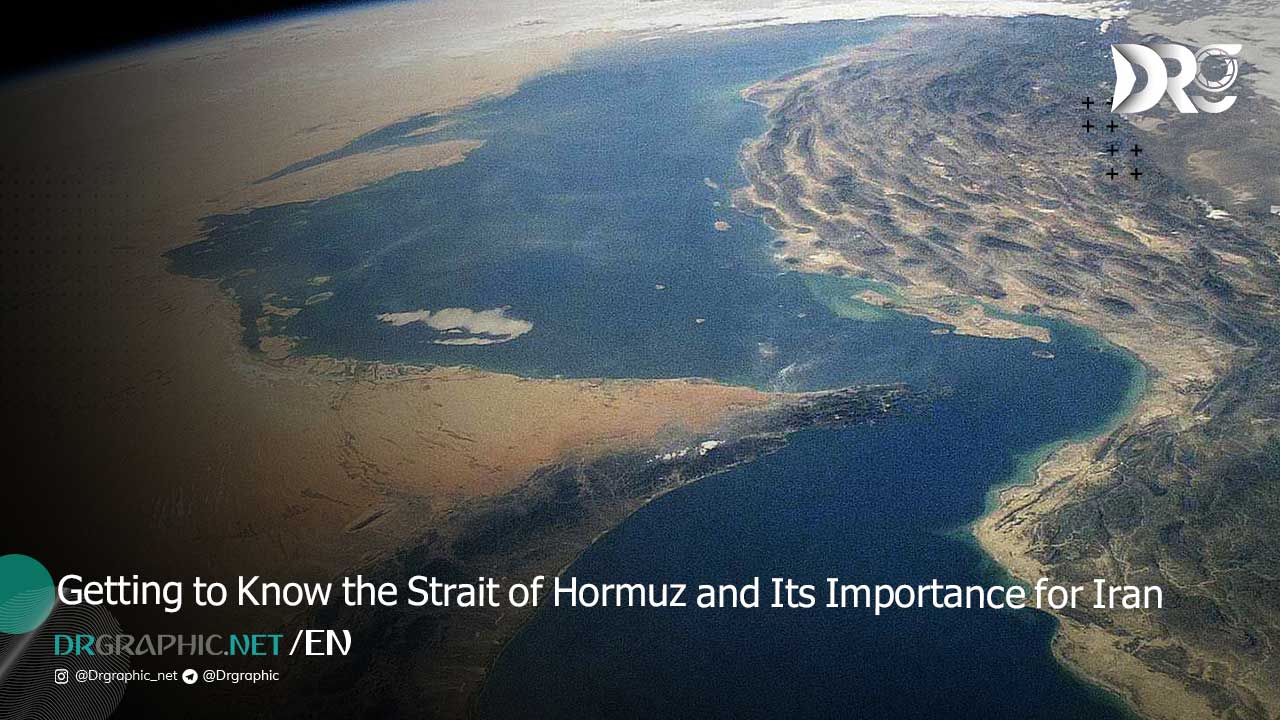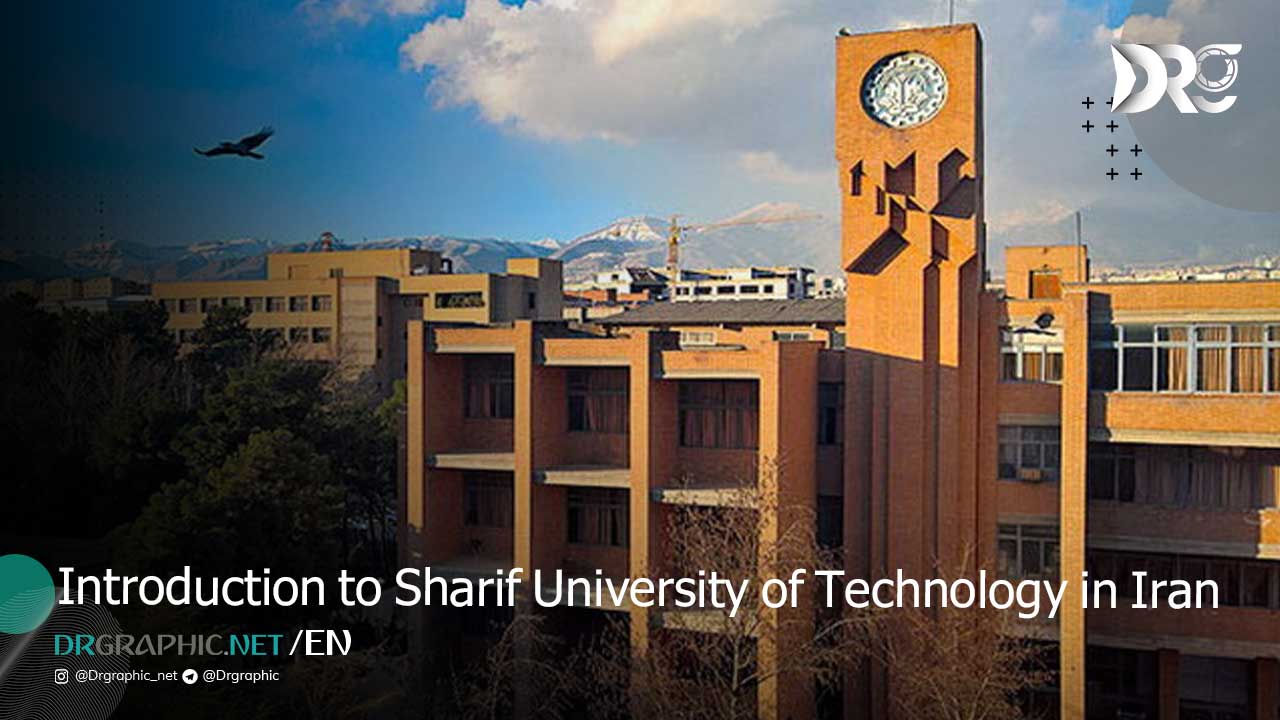Iran, a country known for its rich history, diverse culture, and varied landscapes, is also home to some of the most stunning and unique deserts in the world. The Iranian deserts, with their vast expanses of sand dunes, salt flats, rocky plateaus, and dramatic mountain ranges, hold both ecological and cultural significance. These deserts are not only geographical features but also an integral part of Iran’s history, traditions, and way of life.
In this article, Dr.Graphic will explore the Iranian deserts, their unique characteristics, the types of flora and fauna that inhabit them, and how these deserts have shaped the culture and lifestyle of the people living within them.
Geography of Iranian Deserts
Iran’s deserts, primarily located in the central and eastern parts of the country, form a crucial part of the country’s topography. These deserts are part of the vast Iranian Plateau, which is surrounded by towering mountain ranges such as the Zagros and Alborz Mountains. These deserts are often characterized by extreme weather conditions, including hot summers, freezing winters, and low rainfall, making them some of the most arid regions in the world.
Major Deserts of Iran
- Dasht-e Kavir (Great Salt Desert) Dasht-e Kavir, also known as the Great Salt Desert, is the largest desert in Iran. It spans across the central part of the country and covers an area of about 77,600 square kilometers. This desert is primarily known for its salt flats, dry lakebeds, and the occasional sand dune formations. The region is harsh and desolate, with few sources of water, making it an extremely arid environment.
Despite its dry nature, Dasht-e Kavir is home to a variety of life, including desert animals like the Iranian gazelle, wild boars, and desert foxes, along with unique plant species adapted to the harsh conditions. The desert also has a fascinating ecosystem of saline ponds, which provide an essential habitat for migratory birds such as flamingos and ducks.
- Dasht-e Lut (Lut Desert) Dasht-e Lut, or the Lut Desert, is another major desert in Iran, and it is often referred to as the hottest place on Earth. The Lut Desert features some of the highest recorded ground temperatures, and its landscape is dominated by expansive salt plains, towering sand dunes, and rugged rock formations. The Lut Desert is located in the southeastern part of Iran, spanning across Kerman, Sistan, and Baluchestan provinces.
The desert’s landscape is quite surreal, with unique features such as the Gandom Beryan Plateau, known for its extreme temperatures, and the “Kaluts,” enormous wind-carved rock formations that resemble giant sculptures. The Lut Desert is not only an iconic natural wonder but also an area of scientific interest, with researchers exploring its extreme weather patterns and geological features.
- Dasht-e Kavir (Great Desert) The Dasht-e Kavir, often referred to as the “Great Desert,” is one of the two major deserts of Iran, situated in the north-central part of the country. It is home to a variety of unique salt marshes and salt lakes, including the Kavir-e Namak and the famous Shahdad Desert. The desert is home to a wide variety of species that have adapted to the harsh desert climate, from small rodents to reptiles and birds.
Much of the land in Dasht-e Kavir remains uninhabited due to its extreme conditions, with the exception of a few villages and towns located along the edges of the desert. Historically, the desert was used as a route for travelers, and it played an important role in trade and transportation across the region. Today, the desert is still a place of great significance for those who study Iran’s ancient civilization and its evolving relationship with the natural environment.
Climate and Environmental Conditions
The climate of Iran’s deserts is one of the most extreme in the world. Due to the country’s location between the Caspian Sea to the north and the Persian Gulf to the south, the Iranian deserts experience an intense continental climate, which results in severe temperature fluctuations. Summers can reach unbearable highs, often exceeding 50°C (122°F), while winters can be freezing, with temperatures dropping below freezing.
Rainfall in the deserts is sparse, typically ranging from 50 to 150 millimeters annually. The combination of low rainfall, high temperatures, and the geographical location of the deserts leads to arid and dry conditions year-round. The deserts are characterized by barren landscapes, with scattered patches of vegetation and rocky terrains.
The lack of water in these deserts is a major challenge, not only for the flora and fauna but also for human habitation. To survive, plants and animals in these deserts have developed unique adaptations. Some plant species, for instance, have evolved deep root systems to access underground water reserves, while desert animals have adapted to conserve moisture and stay cool during the hot days.
Flora and Fauna of Iranian Deserts
While Iran’s deserts are known for their barren appearance, they are not devoid of life. A variety of plants and animals thrive in these arid environments, adapted to the harsh conditions.
Flora
The plant life in Iranian deserts consists mostly of drought-resistant species, such as desert grasses, shrubs, and small trees. Among the most common desert plants are the Prosopis, Ziziphus, and Salvadora trees, which have evolved mechanisms to minimize water loss. The desert also hosts a wide variety of succulents and cacti, which store water in their thick stems to survive the long dry periods.
Despite the arid conditions, some areas of the desert experience brief bursts of life during the rainy season, when the desert floor is briefly covered in wildflowers. These short-lived blooms provide an essential food source for many desert animals, especially insects.
Fauna
Iran’s deserts are home to several species of animals that have adapted to the extreme heat and arid conditions. These include rodents like the Jerboa, which can jump long distances to escape predators, and the Persian gazelle, which roams the desert plains in search of scarce food and water. Desert foxes, wild cats, and hares are also common, as are reptiles such as lizards and snakes, which are perfectly suited to the hot, dry environment. Asiatic cheetah, Persian leopard, wolf, striped hyena, sand cat, red fox, javelin, cougar, ram and sheep, jackal, and lynx are among the prominent mammals of this region.
In addition, a variety of migratory birds, including flamingos, ducks, and geese, flock to the Iranian deserts during their seasonal migrations, taking advantage of the temporary pools of water that form in the desert during the brief rainy season.
Cultural and Historical Significance
The Iranian deserts have a profound influence on the culture, traditions, and history of the Iranian people. These regions have been inhabited by nomadic tribes for centuries, whose lifestyles are closely intertwined with the desert. The Bedouin-like communities of Iran have developed unique ways of surviving in the harsh desert environment, relying on a nomadic way of life centered around camel herding, which provides them with milk, meat, and transportation.
Historically, the Iranian deserts were vital crossroads for trade routes, particularly the famous Silk Road. These routes connected Iran to Central Asia, India, and beyond, facilitating the exchange of goods, culture, and ideas between the East and the West. The deserts also housed ancient caravanserais—rest stops for travelers and traders—offering a glimpse into the rich history and cultural exchange that occurred in these regions.
previously on Dr.Graphic:
Getting to Know the Persian Gulf and its Strategic Importance
Conclusion
The deserts of Iran, with their vast and desolate beauty, offer more than just arid landscapes. These regions have shaped the culture, history, and way of life of the Iranian people for centuries. Despite the extreme environmental conditions, the Iranian deserts host a unique ecosystem, and their historical significance as trade routes and sources of cultural development cannot be overstated. Today, the deserts remain both a natural and cultural treasure, offering insight into the resilience of life in some of the harshest conditions on Earth.
Resources: Wikipedia _ IRAN
How useful was this post?
Click on a star to rate it!
Average rating 4 / 5. Vote count: 1
No votes so far! Be the first to rate this post.


